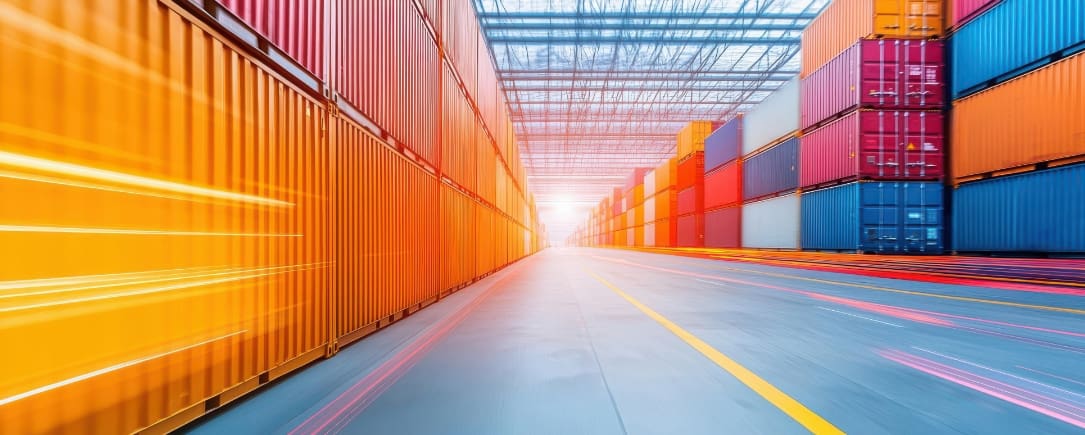There has been a steady rise in demand by various stakeholder groups for transparency across products and business activities. Customers, regulatory authorities, employees, and investors seek information that extends beyond the organization’s direct scope of activities into the value chain to ensure ethical and sustainable practices, as well as regulatory compliance.
Investors are well aware of the benefits of a transparent value chain and have taken necessary steps to identify any hidden risks that might have negative implications for any stakeholder group, eventually leading to a poor investment decision. A value chain assessment provides investors with a comprehensive understanding of a business’s activities, from the procurement of raw materials to the delivery of completed goods and services and helps them identify opportunities and risks.
What is Value Chain Assessment?
The term ‘value chain’ describes the entire set of operations needed to develop, produce, market, distribute, and provide after-sale support for a product or service. These include both primary activities, those that are directly responsible for the production of a good or execution of a service (e.g., operations) and secondary activities, which help improve the efficiency of primary activities (e.g., infrastructure development). For a product-based business, the value chain includes every step from the procurement of raw materials to the sale of goods to the end consumer, including after-sales services.
A value chain assessment aims to evaluate each activity in a company’s value chain to identify and examine any weaknesses or inefficiencies that might have a detrimental effect on the performance of the business. This process helps analyze a company’s operations to understand how it creates value and where it might encounter risks that could compromise profitability.
The Hidden Risks in Value Chains: The need for a value chain assessment
Financial data provides a limited understanding of a company’s strengths & weaknesses. Delving deeper into the organization’s interactions with its value chain helps identify and enhance a company’s competitive advantage by identifying avenues for cost reduction and product differentiation.
1. Supply Chain Disruptions
In today’s globalized world, supply chains are spread across countries and regions. A company may have a key parts supplier in one country, its manufacturer in another, and an assembler in a third. This fragmented value chain can make the company vulnerable to political instability, natural calamities, or economic uncertainties worldwide. A case in point is the COVID-19 pandemic, which caused global supply chain disruptions that led to a spike in input prices and severe delays in production for companies overly dependent on a single region for their production process.
In such cases, conducting a value chain assessment can help identify companies that rely heavily on certain suppliers to meet their current needs. It can also be used to analyze suppliers to see their operations and the protection systems they have in place to gauge the risks associated with investing in a business.
2. Raw Material Sourcing Uncertainty
Certain critical raw materials, such as oil, metals, and agricultural products, form the backbone of most production processes and are highly vulnerable to market demand fluctuations, geopolitical tensions, and environmental phenomena. Analyzing a company’s value chain can reveal which companies are highly dependent on certain raw materials and evaluate their ability to cut costs in case of price variations. For instance, a company in the automobile sector that relies heavily on lithium for electric vehicle battery production may be adversely affected by rising lithium prices or a potential supply deficit.
3. Geopolitical Risks
Geopolitical tensions present another key challenge. The interconnected nature of global value chains means that political instability in one country can affect an entire value chain, a company, or an industry. Companies whose manufacturing or material supply is located in regions prone to conflict, trade restrictions, higher tariffs, or unstable regulatory environment may be at the risk of being affected by these geopolitical changes. In such cases, a value chain assessment can reveal potential exposure to geopolitical situations and a company’s ability to mitigate such risks.
4. Environmental and Social Risks
As investors look beyond a company’s direct operations for their ESG assessments – as seen by the growing use of supply chain assessments such as Scope 3 emissions calculations – value chain assessments become increasingly important. These assessments help to understand how ingrained ESG factors are in a company’s long-term decision-making. Moreover, they may reveal poor labor practices or weak environmental policies that could lead to legal issues, transition risks from regulatory evolution, or reputation risks, such as ESG Controversies. Timely identification of these risks enables investors to divest from or avoid investing in companies that may be in the midst of ESG controversies. Inrate collects real-time data on controversies and conducts an impact-oriented assessment of each datapoint to deliver a clear picture of material ESG risks within your portfolio.

How Does Value Chain Assessment Enhance Investment Decisions?
1. Risk Mitigation
Identifying possible risks across the value chain enables investors to make more informed capital allocation decisions. A strong and resilient value chain allows a company to absorb disruptions in raw material procurement, supply chain management, and geopolitical flows. In contrast, a company with a poorly managed or weak value chain may experience reduced returns or monetary loss, as it will lack the systems necessary to address potential risks. Value chain assessments help investors avoid potential risks or vulnerabilities by modifying their investment strategy in time.
2. ESG Goals Alignment
As sustainability continues to be a growing consideration for investors, the importance of value chain assessments in valuing a company’s ESG performance is also increasing. These assessments cover various aspects of a business, including raw material sourcing, contractual worker rights, and greenhouse gas (GHG) emissions. Conducting such assessments helps investors understand a company’s alignment with their environmental and social goals. For example, a value chain assessment might reveal that a company sources raw materials from a conflict zone or employs child labor, which could significantly influence investment decision-making.
Another key aspect for investors to consider is ESG controversies emanating from value chain risks. For instance, global fashion retailers have faced criticism for using forced labor, leading to an increase in stringency of regulations and loss of brand reputation. In such cases, a value chain assessment is important for investors to avoid companies with potential ESG-related issues.
Inrate’s impact ratings utilize research on a business activity’s value chain along with an impact analysis of controversies to provide insight into the value chain impact of over 10,000 companies.
3. Enhanced Decision-making
A key aspect of investment decisions is understanding a company’s operations and its engagement with external stakeholders. Companies that can optimize their value chains gain a cost and product differentiation advantage in their industry, allowing them to produce higher-quality goods, respond quickly to consumer needs, and innovate to improve existing processes. Hence, long-term performance and increased profitability are directly correlated with competitive advantage.
Read more: ESG Screening: A Dynamic Tool for Modern Sustainable Investing
Conclusion
Value chain analysis is an essential tool in any modern investor’s toolkit. Its importance lies in its ability to reveal risks that traditional financial analysis may overlook but are critical to a company’s long-term functioning and sustainability. Risks such as supply chain issues, raw material procurement challenges, geopolitical tensions, and environmental impacts are necessary to enable investors to make informed investment decisions.
Moreover, companies that optimize their value chains gain a competitive advantage and stand out to investors as they present growth opportunities. Therefore, in this constantly evolving world, conducting value chain assessments is an integral way to ensure that the depths of a company’s operational complexities are being accounted for in investment analysis.


